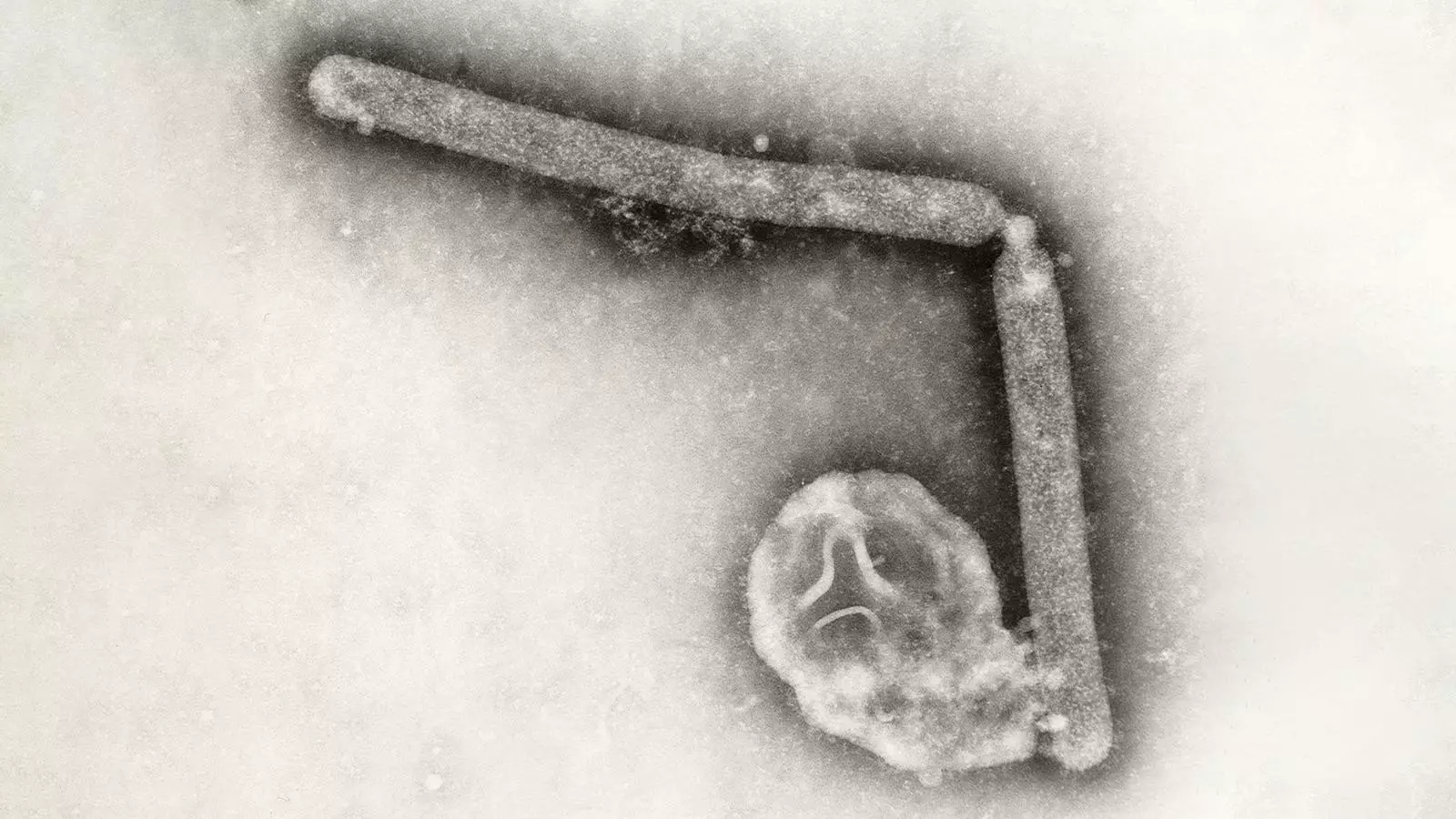In recent months, the landscape of infectious diseases has once again shifted focus toward avian influenza, commonly known as bird flu. The Centers for Disease Control and Prevention (CDC) has reported a critical case in Louisiana involving a patient who contracted a severe form of the virus. This incident has raised questions about the virus’s potential for mutation and its implications for public health. Bird flu primarily affects birds, but sporadic cases in humans typically arise from direct contact with infected birds. The current situation serves as a reminder of the ever-present risk posed by zoonotic diseases—those that can be transmitted from animals to humans.
Recent genetic analysis suggests that the bird flu virus may have undergone mutations specifically within the Louisiana patient. Scientists noted that these changes might enhance the virus’s ability to bind to receptors in the human upper respiratory tract. Michael Osterholm, an infectious disease expert from the University of Minnesota, explained the concept of binding dynamics metaphorically, comparing the virus to a key that must fit perfectly into a lock to effectively infect human cells. This highlights just how intricate viral infections can be and how slight variations can potentially alter transmission risks.
Despite these findings, experts stress that the current mutations do not necessarily indicate an imminent increase in human-to-human transmission risk. According to Osterholm, this changing virus still occupies the metaphorical realm of being a key poised to enter a lock, rather than a fully functioning key that can unlock widespread transmission. Such insights are crucial to tempering public alarm while emphasizing the need for diligent monitoring of viral mutations.
Historically, sporadic cases of bird flu in humans have often occurred among those in close proximity to infected poultry, as observed in the Louisiana case where the patient had contact with sick birds. The individual, reported to be over 65 and with pre-existing health conditions, remains an anomaly rather than a trend, as most infections have been mild and limited to specific occupational exposures. The CDC has affirmed that there has been no secondary transmission of the virus from the Louisiana patient, reaffirming that the overall risk to the general public remains low, despite the unsettling nature of the latest findings.
However, Osterholm emphasized the importance of vigilance in monitoring these mutations, signaling that while the risk appears contained for now, the potential for future pandemics is an ever-looming threat. His commentary acts as a stark reminder that influenza viruses are not static; they evolve, sometimes in unpredictable ways, and history suggests that future outbreaks could be more severe than those experienced during the COVID era.
As we confront the implications of viral mutations, it is essential for public health officials and researchers to remain informed and prepared. The cyclical nature of pandemics suggests that vigilance should never wane, and proactive measures should be in place to study and respond to emerging viral threats. The situation with bird flu, especially amidst a backdrop of increasing zoonotic diseases globally, should act as a call-to-action for enhanced surveillance, research investment, and public education to mitigate future risks.
While the recent mutation in the bird flu virus presents concerns worth considering, it does not currently escalate the threat level to the public. However, ongoing scientific vigilance is crucial to ensure preparedness for any shifts the future may hold.


Leave a Reply